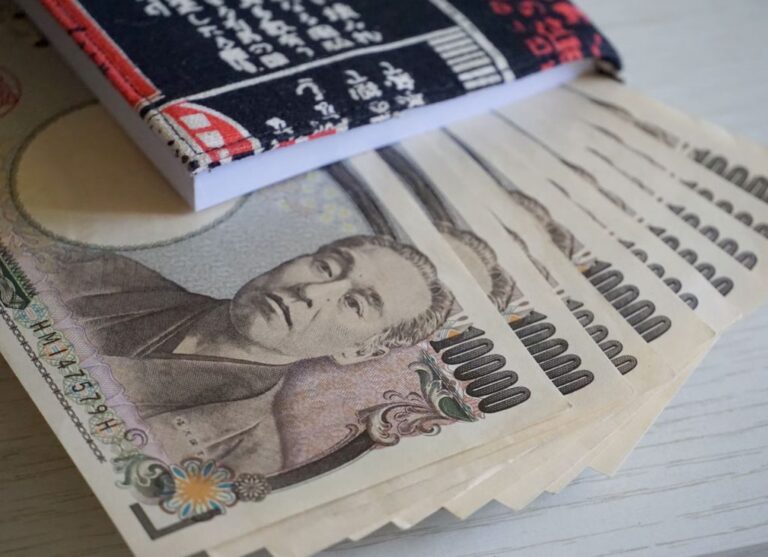
Australian Dove
Discussion and Analysis by Grace Gliksten:
For the fourteenth month in a row, the Reserve Bank of Australia, RBA, has left the Cash Rate on hold at 1.50%; a trend that seems unlikely to change in the coming months, due steadfast adherence to a neutral bias. Unsurprisingly, the Australian Dollar reacted negatively. Surprisingly, the response was moderated and shortlived…
Continuing the global optimism he displayed in September, the RBA Governor, Philip Lowe, introduced this month’s Monetary Policy Decision by saying that ‘conditions in the global economy have improved’. Lowe also showed partial optimism for the Australian economy by highlighting the 0.8% growth in the June quarter and acknowledging the employment growth over the last few months.
Amidst the stagnation of the construction and mining sectors, Lowe even proclaimed that ‘non-mining investment is picking up.’ This is particularly significant given last week’s speech from the Head of the Treasury’s macroeconomic division, Nigel Ray, who claimed that Australia’s most influential economic event has been the mining boom; claiming it to be more influential than the global financial crisis.
Lowe’s optimism did not come without concern. For example, the Governor highlighted that wage growth had remained low and was expected to continue that way for some time. In the five years since the mining boom’s peak, the average wage growth has declined by over 1%. When inflation is taken into account, real wage growth has halved. Taking a more pragmatic stance on low wage growth, Scott Morrison, Treasurer, said in a speech last week that, ‘in Australia, wages growth has been heavily impacted by mining investment boom washing out of the system, as the economy attempts to rebalance itself from the extraordinary terms of trade boom that fuelled our nation’s prosperity for almost a decade.”
The decision to hold rates had a moderately significant effect upon the Australian Dollar-Pound Sterling currency cross. The interest rate is a monetary policy tool used by central banks to manipulate the macroeconomy. Representing both the reward for saving and the cost of borrowing, interest rates can manipulate the attractiveness of prospective domestic currency exposures.
Philip Lowe’s central bank chose not to change interest rates, thereby leaving the cost of borrowing and reward for saving at a record low. This has a two-fold effect on the Australian Dollar and economy. Firstly, by not raising interest rates and raising the reward for saving and investment, outside investors are disincentivised from increasing their exposure to the domestic currency and economy. Secondly, by keeping interest rates at record lows and refusing to increase them back up to ‘normal’ levels, confidence in the economy is prevented from building.
The salience of the secondary, confidence-based, effect is building. The market has begun to heavily price a before-year-end rate hike from the Bank of England as a base case scenario. Meanwhile, the Federal Reserve Bank has heavily signalled its intention to taper its bond purchasing programme, quantitative easing. Moreover, the European Central Bank is already looking to start its sequenced monetary policy tightening procedure. The global move towards a tighter monetary policy could potentially see Australia falling behind, with expectations stagnating around the RBA continuing to hold the interest rate until the fourth quarter of next year.
At 4:30am BST a spike in the value of the Pound Sterling against the Australian Dollar is clearly visible. This event is whilst markets price out the upside risk of an interest rate hike. This is then seen to deteriorate throughout the day, which can be attributed to Pound Sterling weakness, most apparent when the Aussie Dollar is compared to the US Dollar/Pound and Euro/Pound currency crosses. By market close, the trading value of the Australian Dollar was roughly where it has started at the beginning of the day.

Related Insights

Morning Brief – Japanese Yen
Japanese Yen With JPY at a new 34 year low versus EUR, the market is set for an ambush by the Bank of Japan if it acts today at the end of their Policy Meeting to support the Yen. The reason that the market is susceptible is because it has convinced itself that the BoJ […]

Morning Brief – Too soon to call USD lower
Too soon to call USD lower Those following the US Dollar’s performance in the markets would have noted a recent downturn accelerating as this week has progressed. There have been two factors driving this sell-off but it is far from certain that either may endure long enough to push the Dollar index back to its […]

Morning Brief – Milan, Italy
Milan, Italy The City of Milan has a late night noise problem and so it has acted unilaterally to resolve it-Italian style. A ban on the sale of take away food including ice cream and pizza after midnight is being imposed to protect the “peace and health of residents.” Here in the UK late night […]


 Humphrey Percy
Humphrey Percy Charles Porter
Charles Porter